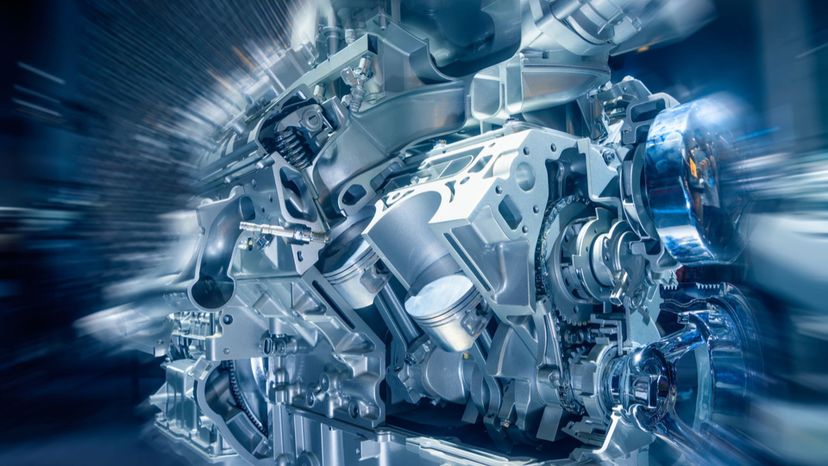
About This Quiz
The leg bone's connected to the hip bone.... oops, sorry, wrong quiz.. The radiator's connected to the engine block... or is it?Â
The modern gasoline-driven automobile is made up of approximately 3,000 different parts (though the electric ones have only 20, which is why they are so much cheaper to run). Each of these parts work together to make your car function at the top of its game. Lucky for you, we've only included 35 car parts in this quiz, and they are all part of the engine. The engine, of course, is the part of your car that makes the whole vehicle go vroom, and the largest car engine has as many as 14,000 parts. The average is thankfully lower, with only a few hundred, but as we all know, there are some parts that are more critical than others - and definitely more well known.Â
We don't expect you to be able to name each nut and bolt for this quiz, but we will expect you to be able to identify some of the more common engine parts When you're finished, you will never look at engines the same way again. Take this quiz to find out how much you really know about what's under your cars' hood.
Advertisement
Advertisement
Advertisement
Advertisement
Advertisement
Advertisement
Advertisement
Advertisement
Advertisement
Advertisement
Advertisement